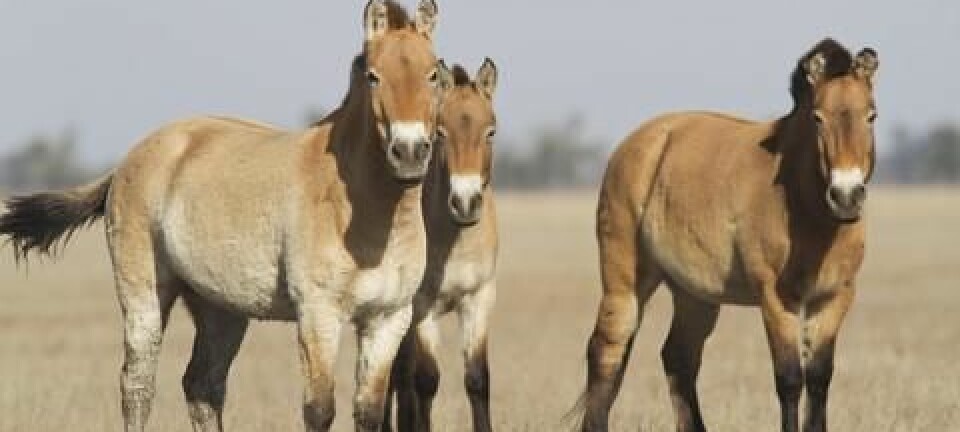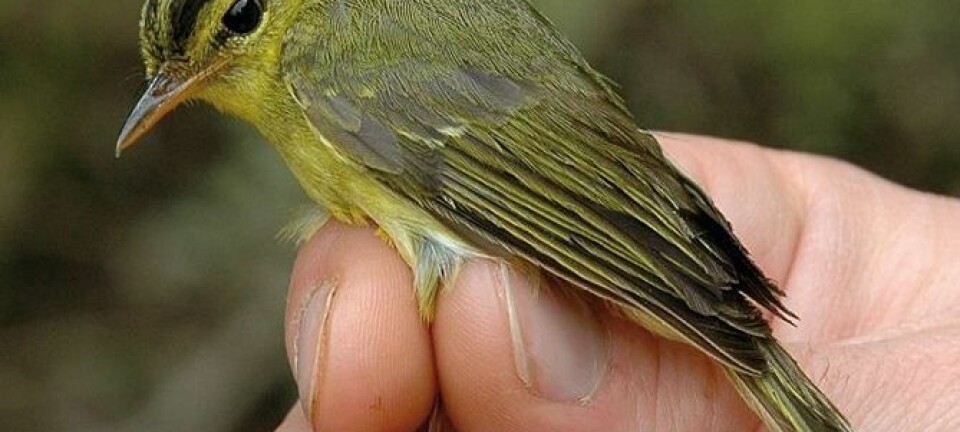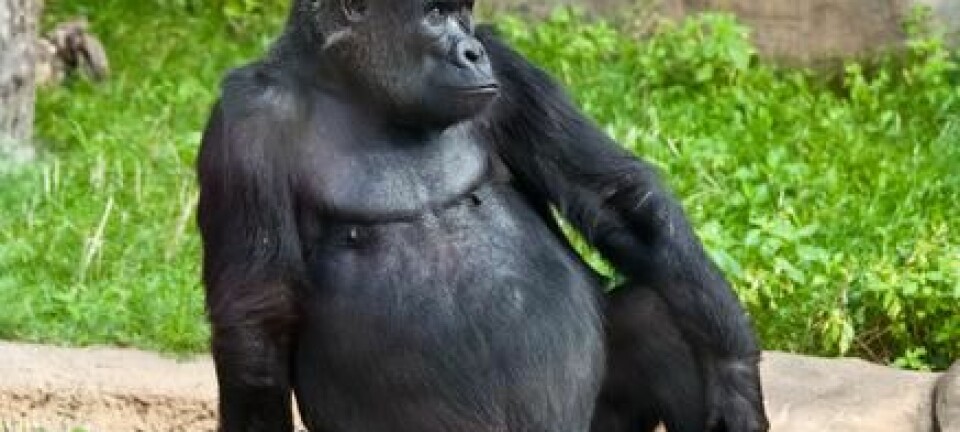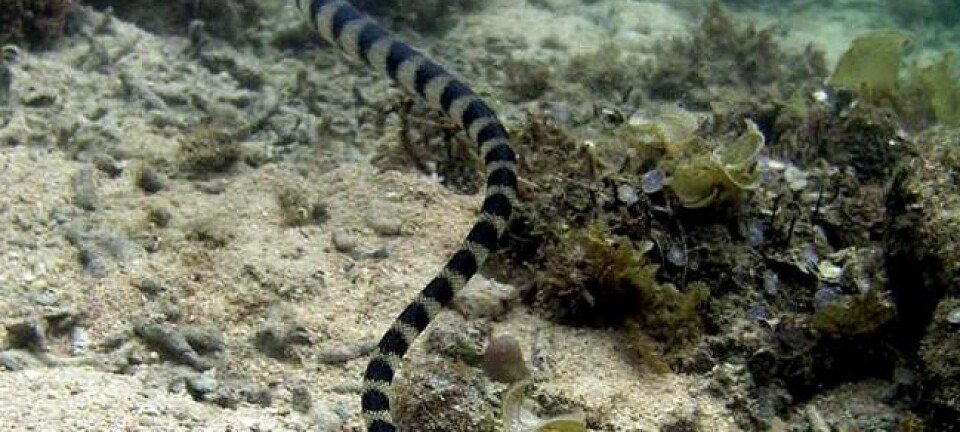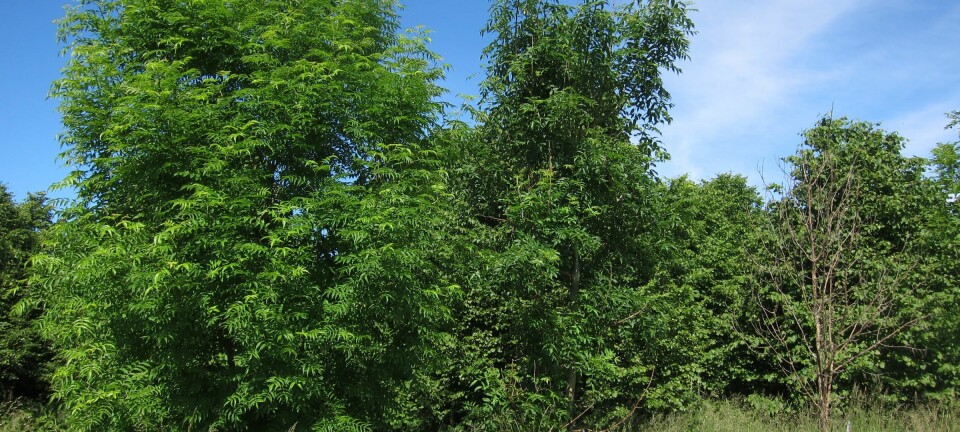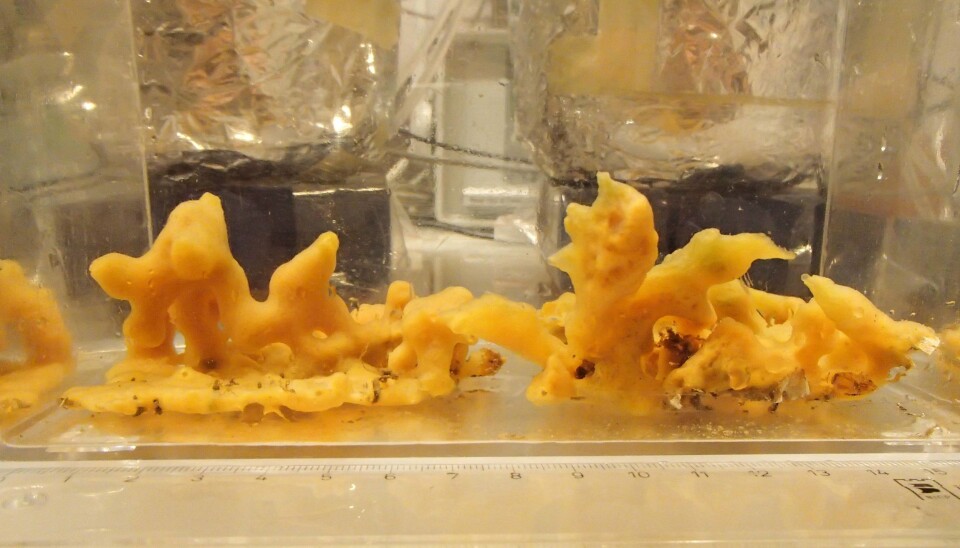
Animal origin theory challenged: Early animals needed almost no oxygen
The first animals on Earth could get by with much less oxygen than previously thought, new study reveals.
A new Danish study of one of the oldest animals on the planet – a small sea sponge – shows that there is a big gap in the theory of how animal life arose on Earth.
Scientists have so far believed that animal life only became possible when the oxygen content of the atmosphere rose dramatically just over half a billion years ago. This was the second of two major rises of atmospheric oxygen in Earth’s history.
However, the new study shows that oxygen was not the limiting factor for the evolution of animal life. The earliest animal life could get by with much less oxygen than there was in the atmosphere even before this rise.
Oxygen not a limiting factor for evolution
This surprising discovery means that scientist need to go look for a new explanation of why animal life emerged as relatively recently in the Earth’s history as it did, now that it turns out that there was plenty of oxygen for the animals’ limited requirements even before the second rise in atmospheric oxygen levels.
It looks like oxygen was not necessarily the limiting factor for the origin of animal life, since sponges can live and grow under relatively low oxygen concentrations.
Daniel Mills
The study’s co-lead author, Daniel Mills, a PhD fellow at the Nordic Center for Earth Evolution at the University of Southern Denmark, explains:
“We wanted to know why animal life didn’t originate until 635-800 million years ago. Why not early? Why not two billion years ago? Was it due to a lack of oxygen? That’s what we investigated, and It looks like oxygen was not necessarily the limiting factor for the origin of animal life, since sponges can live and grow under relatively low oxygen concentrations.”
The study, published in the journal PNAS, may also increase our chances of finding life elsewhere in the universe, says Mills:
”If high oxygen levels weren't as crucial for the origin of animal life on Earth, then perhaps they aren't as important elsewhere in the universe either.”
Related events led to theory
If high oxygen levels weren't as crucial for the origin of animal life on Earth, then perhaps they aren't as important elsewhere in the universe either.
Daniel Mills
Throughout most of Earth’s history life has consisted of single-celled bacteria and other microbes. Life was relatively simple, and nobody was particularly busy trying to grow big or complex for hundreds of millions of years.
Then, just over half a billion years ago, two events occurred:
- The atmospheric levels of oxygen began to rise dramatically, and
- Animals saw the light of day.
Scientists have always linked these two events together and assumed that the low oxygen levels were the reason why animal life did not emerge earlier.
When the oxygen levels started to rise, the evolution of animals started, according to the classic theory.
Very small oxygen requirements
Scientists have up to now estimated that at least ten percent of today’s atmospheric oxygen levels was required in order for animal life to arise and grow.
However, according to the new findings, a sea sponge, which is the living animal that most closely resembles the earliest animals on Earth, can live and grow even at atmospheric oxygen levels that are 0.5 percent of today’s levels.
“These levels of oxygen were probably realised long before animal life emerged. This challenges the notion that low oxygen levels were the limiting factor for animal evolution,” he says.
Multicellular life evolved slowly
So if it was not a lack of oxygen, then what was it that kept animal evolution back?
According to Mills, there may be other explanations to why animals did not emerge until just over half a billion years ago.
Environmental factors such as high salinity or too much sulphide in the oceans may have played a part, or perhaps the oceans were simply too warm for animal life to take root.
He also suggests another possible explanation:
“There is a big difference between being a single-celled organism and a multicellular organism, and the transition from the former to the latter likely required major genetic innovations that took a while for evolution to achieve,” he says.
“Therefore, it is possible that the environment was supportive of animal life for longer than we thought, and that more was needed in order for animals to evolve.”
Sea sponge requires almost no oxygen
In the study, Mills examined a common sea sponge (Halichondria panicea) to see how much oxygen it required to keep breathing, eating and growing.
Sea sponges are believed to be the one organism that have changed the least since animals emerged 635-800 years ago, and the descendants of the ancient sea sponges have evolved into the diverse and advanced animals we know today.
This makes sea sponges ideal for studying the oxygen requirements of the first animals.
The particular sea sponge featured in this study is not a species that normally lives in very oxygen-poor condition and then adapts to a life without oxygen. It actually lives in very oxygen-rich conditions at the bottom of Kerteminde Fjord in Denmark.
Next up: reproduction in sea sponges
The conclusion of the study challenges our understanding of oxygen as a crucial component of animal evolution.
Oxygen is, of course, important – the sponges do need it after all – but maybe high concentrations were not as essential for early animals as we previously thought, says Mills.
He and his colleagues continue to study the oxygen requirements of the sea sponge from Kerteminde Fjord. The next part of the project will look at what oxygen levels the sponges require in order to reproduce.
-----------------------
Read the Danish version of this article at videnskab.dk
Translated by: Dann Vinther
